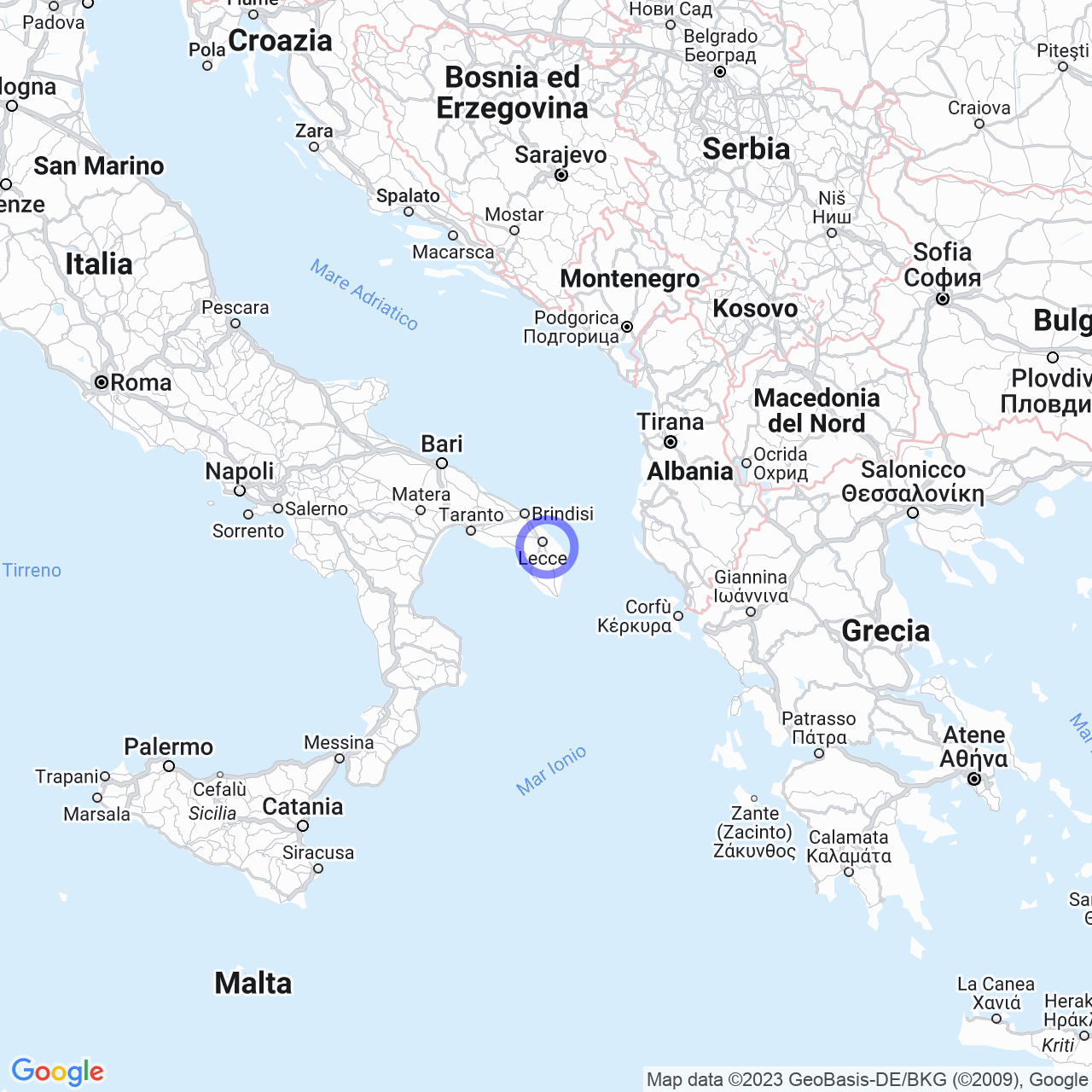Lizzanello
Welcome to Lizzanello: An Overview of the City
Hello everyone! Today we will talk about Lizzanello, an Italian municipality located in the province of Lecce, in Puglia. With its 11,821 inhabitants, this town is located in central-northern Salento, just 6 km south of the center of Lecce. The city also includes the geographical fraction of Merine, located 2 km north. Let's discover more about the geography and climate of Lizzanello, as well as its fascinating history.
The Physical Geography of Lizzanello
The territory of the municipality of Lizzanello extends over an area of 18.01 km² and is predominantly characterized by a sandy limestone soil and sedimentary rock. In the northern part of the fief, instead, it is possible to identify a compact limestone soil. This area is surrounded by lush olive groves and is located in the plain that extends north of the Salentine Mountains, called the Valle della Cupa.
This plain is characterized by a large karst depression whose altitude ranges from 18 to 45 meters above sea level. It borders to the north with the municipality of Lecce, to the east with the municipality of Vernole, to the south with the municipalities of Castri di Lecce and Caprarica di Lecce, and to the west with the municipality of Cavallino.

The Climate of Lizzanello
From a meteorological point of view, Lizzanello falls within the territory of eastern Salento which has a Mediterranean climate, with mild winters and hot and humid summers. Based on reference averages, the average temperature of the coldest month, January, is around +9°C, while that of the hottest month, August, is around +24.7°C. Precipitation, frequent in autumn and winter, is around 626 mm of rain per year. Spring and summer are characterized by long periods of drought. In addition, the municipalities of eastern Salento are strongly influenced by the wind through cold currents of Balkan origin, or warm ones from African origin.
Discovering the History of Lizzanello
The territory of Lizzanello was frequented since the Bronze Age. Some megalithic monuments existed in the surrounding countryside until a few decades ago. There is no certainty about the founding date of the settlement, but several hypotheses exist, among which the most credited are those of historians Giacomo Arditi and Cosimo De Giorgi.
Arditi dates its birth to the sack of Lecce by Otto IV of Brunswick in 1210. The refugees, who survived the looting, founded a new city giving it the name "Licyanellus", meaning "Little Lecce". This hypothesis is also confirmed by the city's coat of arms, similar to that of the regional capital. De Giorgi believes, instead, that the birth of Lizzanello is a consequence of the destruction of the nearby medieval hamlets of Cigliano, Fornello, and Scaranzano.
From the 14th century, the fief was subjected to various lords. Cecilia Marescallo, a noblewoman from Lecce, held it until 1335 when it was sold to Guglielmo Garzia. The De Bilancis were feudatories for about half a century. In the 15th century, it became part of the County of Lecce and belonged to Maria d'Enghien who sold it in 1436 to the Paladini, who owned it for over two hundred years.
Conclusion
Here is our overview of Lizzanello! We were fascinated by the beauty of its centuries-old olive groves, its plain, and its history. We hope this article was useful in discovering more about this splendid Puglian town. What do you think about visiting it and discovering its culture and traditions up close?
